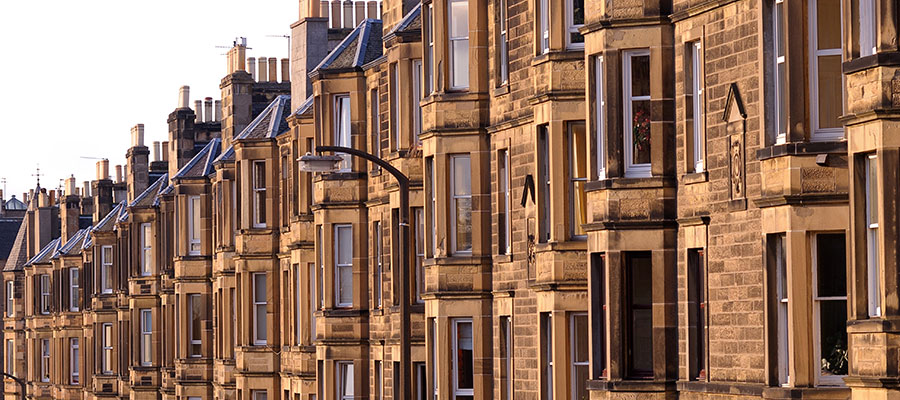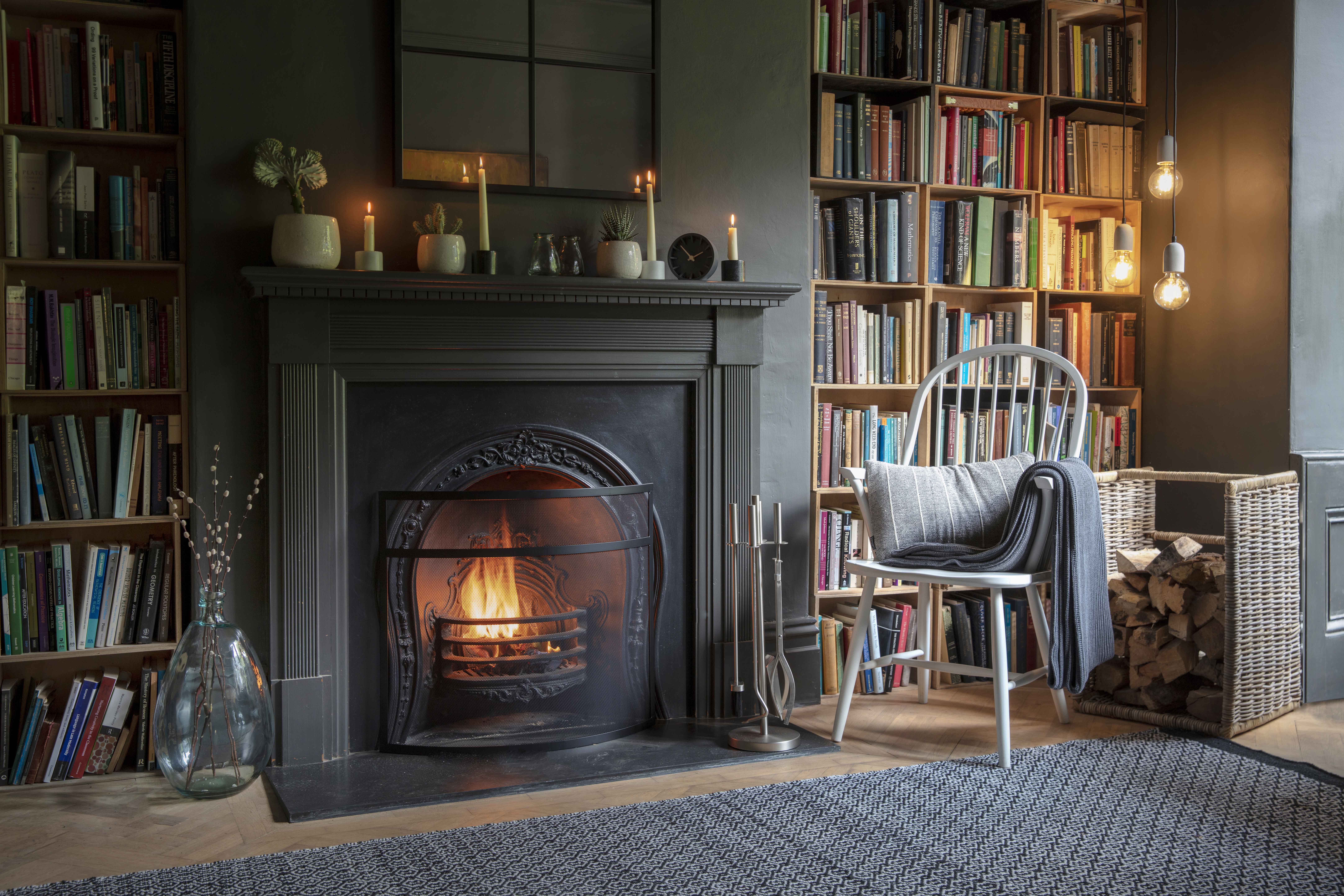Inside Scotland’s push for energy-efficient homes
We all want to live in a home that uses as little energy as possible while retaining as much heat as possible, particularly during the cost-of-living crisis, and with Scottish Government legislation being brought in, energy efficiency will become increasingly important when selling or letting out your home.
Energy Performance Certificate requirements are closely linked with national efforts to reach net zero and the government’s Energy Efficiency Standard for Social Housing legislation is expected to make them increasingly important when selling.
Currently, all properties must have an EPC before the property can be advertised. If you have a Home Report, you will find a copy of the EPC within this report. An EPC is valid for 10 years. EPCs rate the property’s energy efficiency from A (the most efficient) to G (the least efficient) and offer recommendations for improvements, with no obligation for sellers to carry these out.

What is the legislation?
Under Scotland’s Energy Efficiency Standard for Social Housing, all social landlords are expected to meet Energy Performance Certificate (EPC) Band B by the end of 2023. These are some of the most ambitious targets in the UK (most successfully met the target of EPC D and C, dependent on housing type, by 2020). A target of eradicating fuel poverty by 2040 has also been proposed.
There have even been suggestions that “green mortgages” will be introduced, offering better mortgage deals to purchasers of energy-efficient homes.
There is also a motion in Parliament to make it compulsory to have inspections of tenement flats every year, as well as compulsory owners’ associations and a national reserve fund for repairs.
What simple changes can you make to your home?
If you have the option, opt for architecture and design that minimises energy consumption. Consider renewable, non-carbon-based energy sources, like solar power.
In terms of heat, make sure windows are of high quality to increase insulation. Carpets are also excellent thermal insulators and can retain as much as 10% of a room’s heat. If possible, arrange rooms so that bedrooms and bathrooms face north (with less sun) and kitchens and living rooms face the sunnier south.

While owners of tenement flats enjoy large rooms, high ceilings and a wealth of period features, this type of property can be harder to keep warm than modern properties. If you live in a traditional flat, make sure your boiler is as new as possible for maximum heat efficiency, and in Victorian properties working shutters are one of the biggest heat-saving things you can do.
Can energy-efficient homes be achieved by 2040?
With nearly a fifth of Scotland’s 2.5 million homes being more than 100 years old, experts have raised concerns about the timing of the legislation.
The Scottish Government estimates that tenement flats emit 5.6 tonnes of carbon a year, compared with 3.6 tonnes for those built since 1982. The rewards are much bigger for reducing the impact of older detached homes, at 17 tonnes.
Some 30% of 587,000 households in tenements in 2019 were classified as fuel-poor by the Scottish Government. That means 175,000 households.
Conservation architect Jo Parry-Geddes says: “There are easy quick fixes – shutters, carpets, making sure the eaves are insulated. We categorise buildings as pre and post-war. 1950s-60s blocks are much easier to make efficient – the windows are where air escapes from the most and you get draughts coming in – you could install internal wall insulation but it would have to be done correctly.
“Lots of consultants are doing retrofitting courses at the moment which make buildings more energy efficient without damaging the building. It’s a long-term solution to the problem but it’s all very new to everyone and there are various courses like the one Historic Environment Scotland are putting architects on.”

The Niddrie Road project in Glasgow has received a lot of attention from the media and experts as it could set the standard on whether Scotland can reach its target for net zero climate-changing emissions and fuel poverty.
The project was funded by £445,000 from Glasgow Council, £517,000 from Southside Housing Association and £129,000 from the Scottish Government’s Social Housing Net Zero Heat Fund.
The eight flats at 107 Niddrie Road were empty when the work began, meaning John Gilbert Architects could plan an ambitious programme of insulation, repairs and renovation. The building was stripped back to a shell with various insulation techniques employed: pellets were injected into the chimneys followed by liquid sealant to make sure they are air tight; thick cladding has been installed under the ground floor and the roof space and a 12cm wood fibre layer has been bolted into the internal plaster, where there are exterior walls. Triple-glazed windows have also been installed.
Cracks in the red sandstone are being repaired and inside the blocks, lime mortar has been applied – a sealant which is flexible enough to let the building respond to heat and moisture.
Drew Carr, an architect on the project, says a balance has to be struck on maintaining the character of the property while improving its insulation. Number 107 Niddrie Road does not contain ornate period features like stained glass or cornicing, but window dimensions will be retained (even if this leads to less insulation).
However, Jo Parry-Geddes is not convinced: “What most people want to do is move into a flat and make small changes such as putting insulation in between floorboards. You have to have a long-term view of it – if it’s going to cost £60,000 will you save that in heating bills?”

It is hoped that projects similar to the Niddrie Road one can be emulated in the Capital as Edinburgh City Council has set a goal of delivering a net zero city by 2030 and retrofitting will be crucial to reaching this target.
The Western Villages project in Granton is set to become Scotland’s largest operational net zero housing development, creating 444 sustainable homes. The project will have a ‘fabric first’ approach – designing and constructing a building based on maximum energy efficiency – and will require low energy use for tenants. The site will also only have a parking ratio of 25% to encourage more sustainable forms of transport such as cycling.
However, there are many simple and inexpensive measures you can take to make your home more energy efficient without changing its internal structure. Basic draught-proofing is relatively simple. It is also worth considering how you use your home, for example, you will be more sensitive to draughts in your living room or bedroom than in the kitchen where you are moving about and cooking. Draughtproof windows with a combination of internal shutters, thick curtains and thermal blinds.
Seek expert advice
If you are selling or renting out a tenement flat and are unsure about the legislation, get in touch and we will be happy to help. ESPC solicitor estate agents are up to date with what is currently happening in the local market and have the skills and expertise to provide the guidance and support you need.
ESPC magazine
This article appeared in the February 2023 issue of the ESPC magazine. Find out more about the ESPC magazine and read the latest issue online.